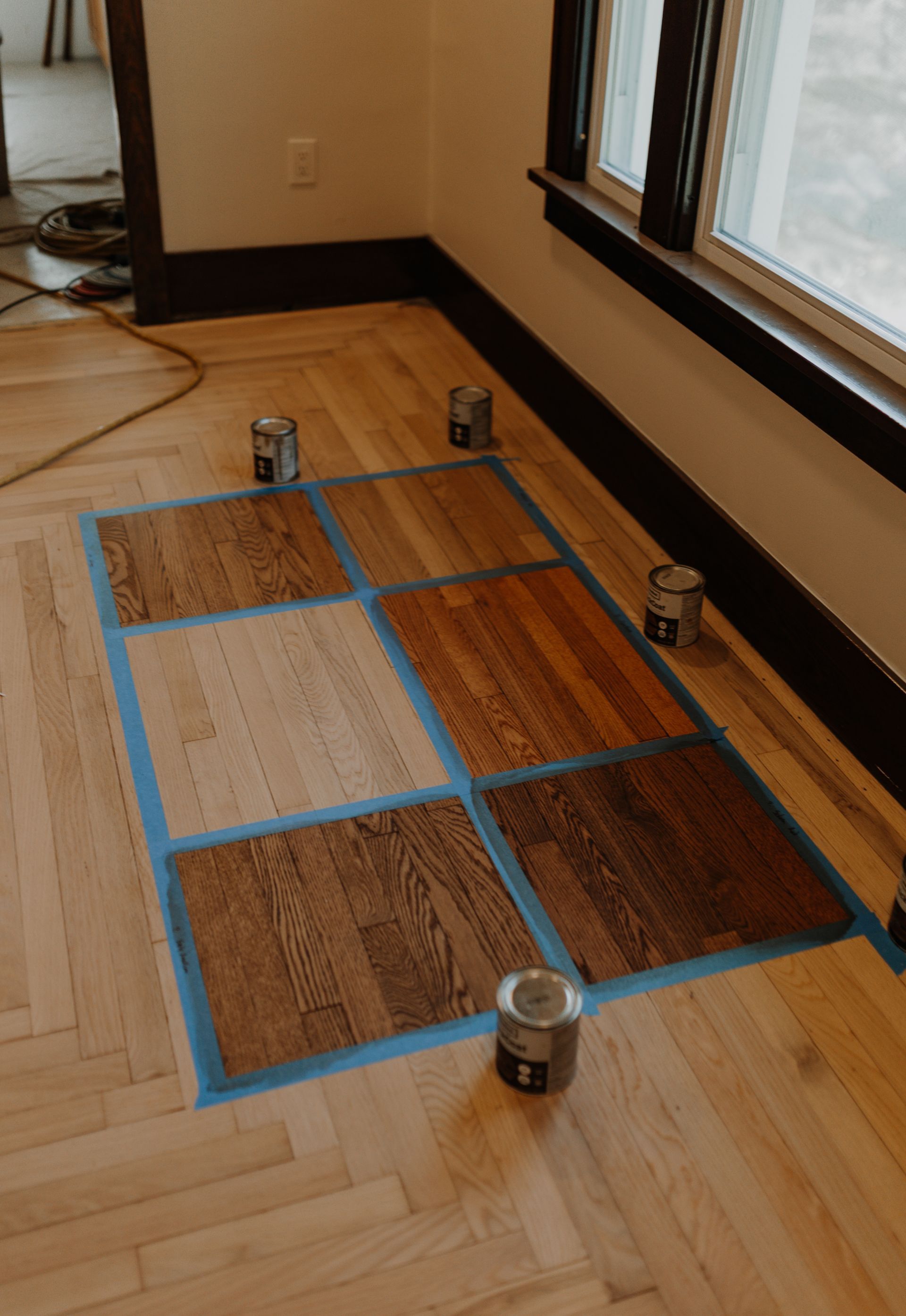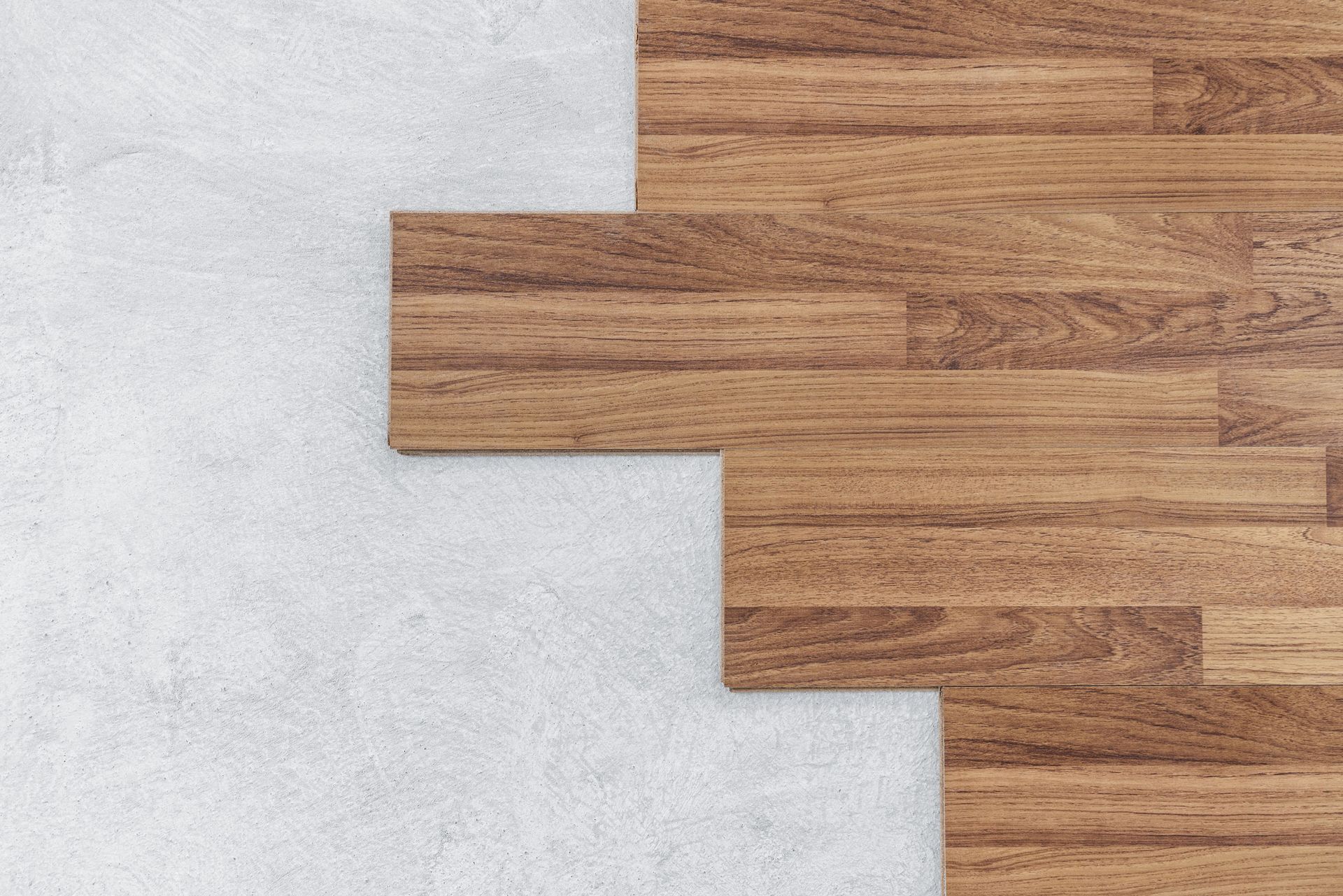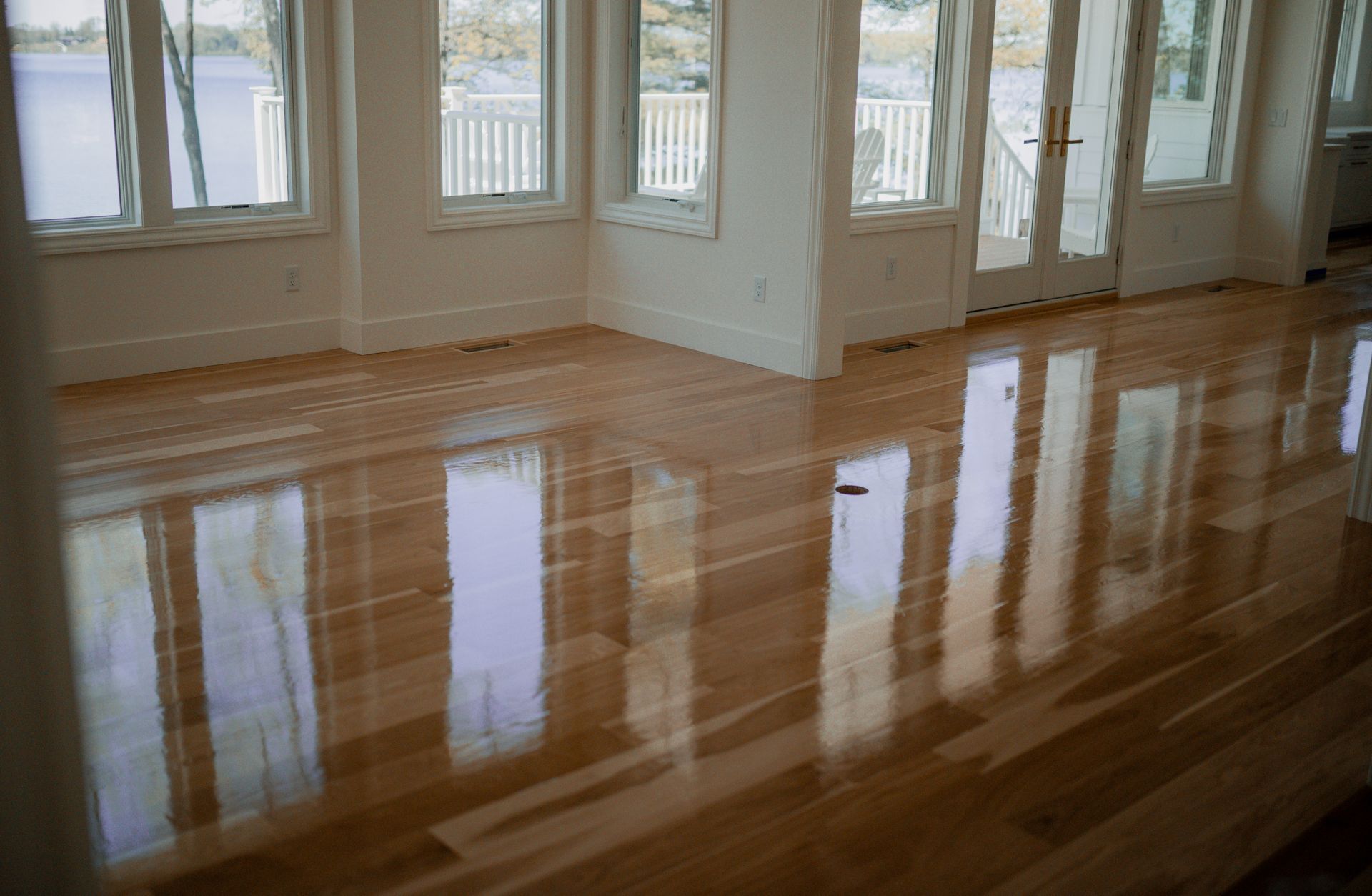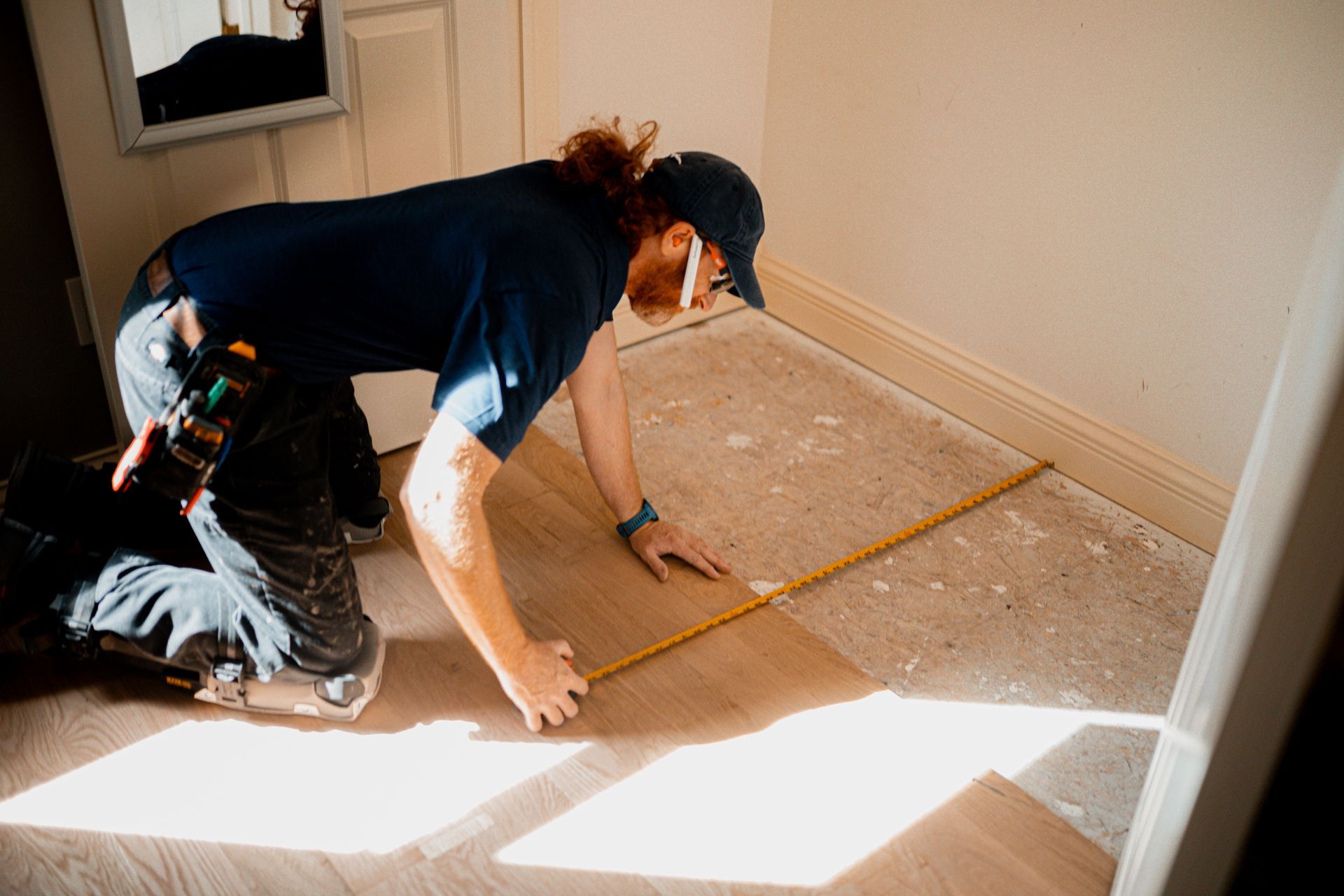Solid vs. Engineered Hardwood: Which One Is Right for Your Home?
Your Guide to Deciding Between Solid vs. Engineered Products
Did you know that choosing the right flooring can significantly impact the comfort and aesthetic of your home? When deciding between solid and engineered hardwood, it’s essential to understand their unique characteristics, advantages, and drawbacks. In this comprehensive guide, we will explore both options in detail, equipping you with the knowledge to make an informed decision that aligns with your lifestyle, budget, and home environment.
Understanding Hardwood Flooring Options
Hardwood flooring has been a popular choice for homeowners for centuries, known for its durability and natural beauty. However, as home design and construction practices have evolved, so have the types of hardwood available. In this post, we will delve into two primary types of hardwood: solid hardwood and engineered hardwood. Each offers unique advantages that cater to different needs and preferences.
What Is Solid Hardwood?
Solid hardwood is cut from a single piece of wood, typically milled into boards that can vary in thickness and width. This traditional flooring option boasts aesthetic appeal and warmth that many homeowners cherish. Here are some key characteristics of solid hardwood:
- Durable and Long-Lasting: Solid hardwood can last for decades when properly maintained. Its thickness allows for multiple refinishing processes throughout its life, making it a sustainable choice for long-term investment.
- Refinish Potential: One of the advantages of solid hardwood is its ability to withstand refinishing numerous times, which refreshes its appearance and helps in maintaining its value over time.
- Natural Beauty: The authentic grains, textures, and tones of solid hardwood offer a timeless look that can enhance any interior.
- Comfort and Insulation: Being a natural product, solid hardwood is warmer underfoot compared to ceramics and stone. It can also provide excellent insulation, improving overall energy efficiency in the home.
The Drawbacks of Solid Hardwood
Despite its many benefits, solid hardwood flooring comes with some challenges:
- Moisture Sensitivity: Solid hardwood is sensitive to changes in humidity and temperature. This can lead to expansion and contraction, causing gaps or warping, especially in areas with fluctuating moisture levels.
- Installation Complexity: Solid hardwood often requires professional installation to ensure correct fitting and to avoid issues related to moisture and temperature.
- Cost: While it can be a budget-friendly option compared to some engineered woods, solid hardwood can still be relatively expensive, depending on the species of wood chosen.
What Is Engineered Hardwood?
Engineered hardwood comprises multiple layers of wood, with a top layer of natural hardwood and several lower layers made from less expensive materials, usually glued together. This construction offers various benefits:
- Stability and Durability: Engineered hardwood is designed to be more resistant to moisture and humidity fluctuations, allowing it to perform well in both dry and humid environments. This makes it an excellent choice for basement installations or areas of the home that experience higher moisture levels.
- Wide Planks Available: Due to its stability, engineered hardwood can be manufactured into wider planks while maintaining structural integrity, giving a modern look to your flooring.
- Easier Installation: Many engineered hardwood options come with click-lock systems or can be glued down, allowing for easier installation without professional help.
- Environmentally Friendly Options: Some engineered hardwood products use layers of reclaimed or sustainably harvested wood, making them an appealing choice for eco-conscious homeowners.
The Downsides of Engineered Hardwood
While engineered hardwood has distinct advantages, it also has potential drawbacks:
- Limited Refinishing: Engineered hardwood typically can only be refinished once or twice. The thickness of the veneer determines if and how many times refinishing can occur; once the veneer layer is worn down, the flooring must be replaced.
- Potential for Lower Resale Value: Some potential buyers may prefer solid hardwood over engineered flooring, which could affect the resale value of your home.
- Not 100% Natural: Although the top layer is made from hardwood, engineered flooring is not entirely natural. It contains synthetic components and may appeal less to those desiring an entirely natural product.
Making Your Choice
Ultimately, the decision between solid and engineered hardwood depends on your specific needs and preferences.
Here’s a quick guide to help you discern which type suits your home:
Choose Solid Hardwood when:
- You prefer a traditional aesthetic with rich grains and colors.
- You anticipate refinishing the flooring multiple times throughout its lifecycle.
- Your home has a stable climate with consistent humidity levels.
Choose Engineered Hardwood when:
- You live in an area with high humidity or significant temperature fluctuations.
- You wish for easy installation options and a contemporary appearance with wider planks.
- You want an environmentally friendly option that incorporates reclaimed materials.
Consider Installation and Maintenance
Understanding the installation process for each type of hardwood flooring helps ensure a successful project:
- Solid Hardwood Installation: Solid hardwood can be nailed, glued, or floated, but nailing or gluing is most common. It’s essential to leave adequate space for expansion and contraction. Proper acclimation of the wood before installation helps minimize moisture-related issues.
- Engineered Hardwood Installation: Engineered hardwood is more versatile. It can often be installed as a floating floor, providing a straightforward installation process. Ensure the subfloor is clean, dry, and level before placing your engineered hardwood planks.
Maintenance Tips for Both Types
Proper care is critical to extending the life of your hardwood flooring, regardless of which option you choose:
- Regular Cleaning: Employ a soft-bristled broom or a vacuum (avoid beater bars) to remove dust and debris. Follow with a damp mop and a hardwood-specific cleaner to maintain the shine and finish.
- Humidity Control: Especially for solid hardwood, maintaining a consistent humidity level (ideally between 30-50%)
- helps prevent damages from excessive moisture or dryness.
- Prevent Scratches: Area rugs felt pads under furniture, and shoe removal at doorways can help reduce scratches and dings.
Conclusion: What’s Right for Your Home?
In deciding between solid and engineered hardwood, think about your environment, aesthetic preferences, and how much maintenance you’re willing to undertake. Your flooring plays a crucial role in your home's beauty and comfort, making this decision an important one. With the right choice, you can create a warm and inviting space that reflects your style for years to come. If you're still uncertain or need personalized guidance, we encourage you to schedule a free consultation for guidance on your flooring project. Each home has unique requirements, and a professional can help you navigate these options effectively. Remember, the key to a beautiful home is investing in quality features that align with your lifestyle.



